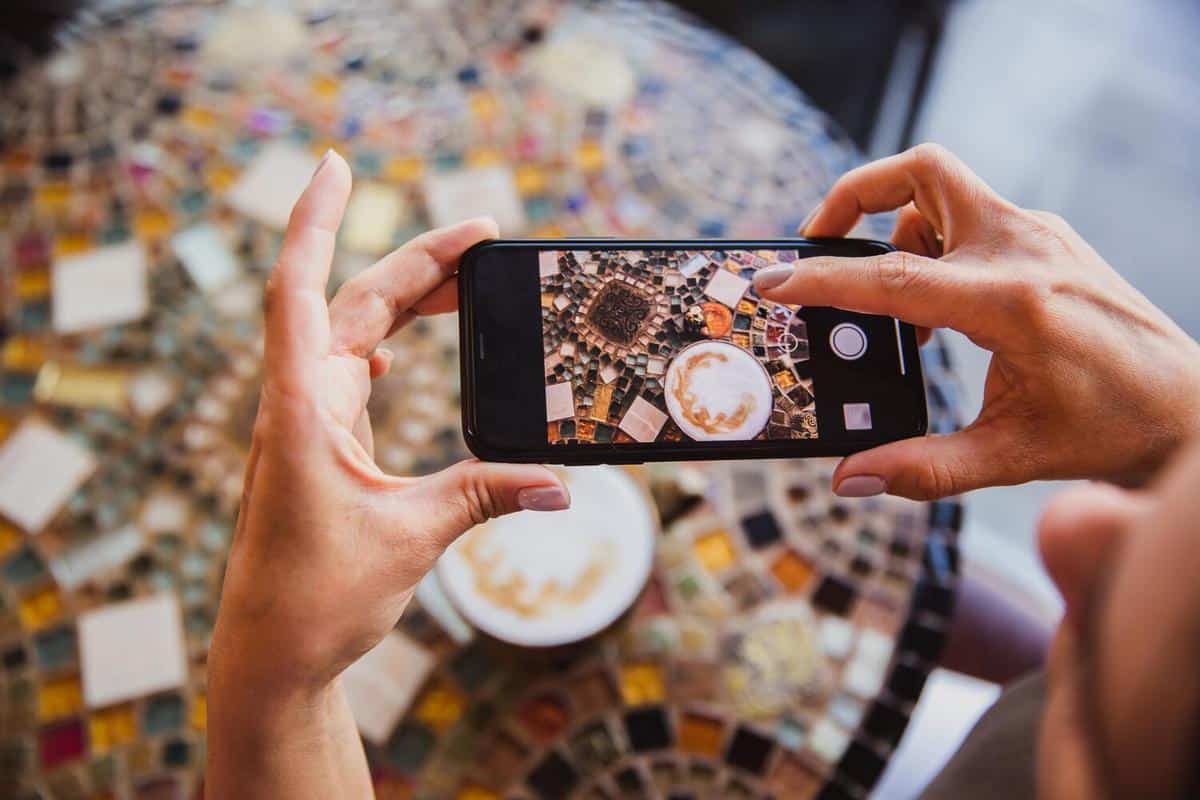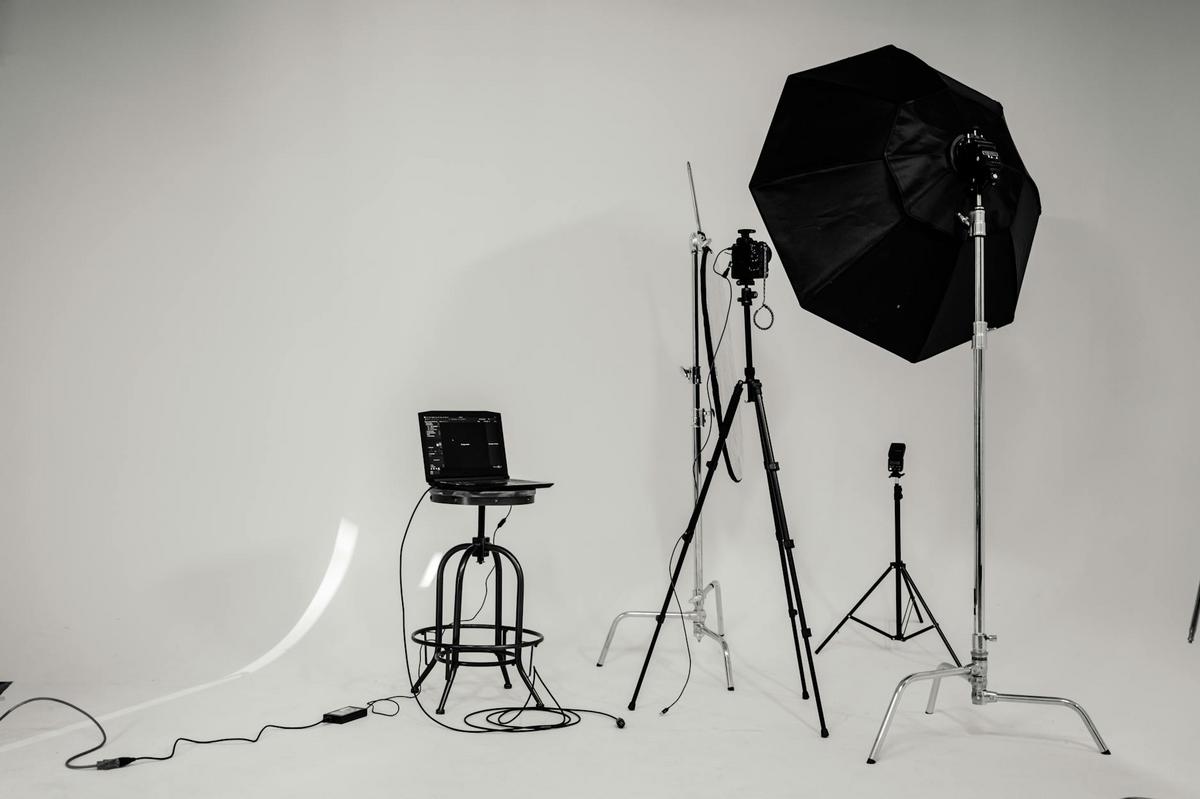
The Rise of Smartphone Photography: Pros and Cons
With the advent of smartphones, capturing moments has never been easier, leading to a significant shift in the world of photography. This transformation has sparked a debate around the benefits and drawbacks of smartphone photography, a topic that continues to intrigue both amateur and professional photographers.
The Rise of Smartphone Photography: An Overview
Smartphone photography has redefined how we capture and share images. With high-quality cameras embedded in our phones, nearly everyone has the potential to become a photographer. The convenience and accessibility of smartphones have democratized photography, allowing people to document their lives spontaneously.
Advantages of Smartphone Photography
- Accessibility: Smartphones are ubiquitous, making it easy for anyone to take pictures anytime, anywhere.
- Portability: Unlike traditional cameras, smartphones are compact and lightweight, fitting easily into pockets.
- Instant Sharing: Photos can be shared instantly on social media platforms, connecting people worldwide.
- Editing Capabilities: Smartphones come with built-in editing tools that allow users to enhance their photos directly from the device.
According to a study by the Pew Research Center, 81% of Americans own a smartphone, and around 92% of these users have taken photos with their devices. This statistic highlights the widespread adoption of smartphone photography.
Challenges of Smartphone Photography
- Quality Limitations: Although smartphone cameras have improved, they often lack the depth and detail of professional cameras.
- Battery Life: Taking photos can quickly drain a smartphone’s battery, especially on long trips or at events.
- Storage Issues: High-resolution photos consume significant storage space.
- Limited Control: Professional cameras offer more manual settings and lenses.
To overcome storage issues, consider using cloud services to back up your photos. This not only saves space but also protects your images from being lost if your device fails.
Expert Opinions
Renowned photographer and educator, David duChemin, suggests that while smartphones have limitations, their accessibility and ease of use encourage creativity and storytelling in ways traditional cameras might not. “It’s not the gear that makes a photograph compelling but the story it tells,” he asserts.
Making the Most of Smartphone Photography
Here are some tips to enhance your smartphone photography skills:
- Learn to use the gridlines feature for better composition.
- Experiment with different angles and perspectives to add interest to your photos.
- Utilize natural lighting whenever possible for clearer, more vibrant images.
- Take advantage of third-party apps for advanced editing features.
| Feature | Smartphone | DSLR |
|---|---|---|
| Portability | High | Moderate |
| Image Quality | Moderate | High |
| Cost | Lower | Higher |
| Ease of Use | High | Moderate |
| Manual Control | Limited | Extensive |
| Storage | Limited | Varies |
| Battery Life | Shorter | Longer |
| Editing Features | Basic | Varies |
Frequently Asked Questions
Is smartphone photography suitable for professional work?
While smartphones can capture high-quality images, they may not replace professional cameras for certain applications requiring detailed control and higher image quality.
How can I improve my smartphone photography skills?
Practice regularly, explore different settings and apps, and study photography basics like lighting and composition.
Conclusion
Smartphone photography has opened new avenues for capturing and sharing moments. While there are some limitations, the benefits of convenience and accessibility make it a significant trend in digital photography. Whether you’re snapping a quick selfie or capturing a breathtaking landscape, the power of smartphone photography lies in its ability to tell stories and connect us with the world.


